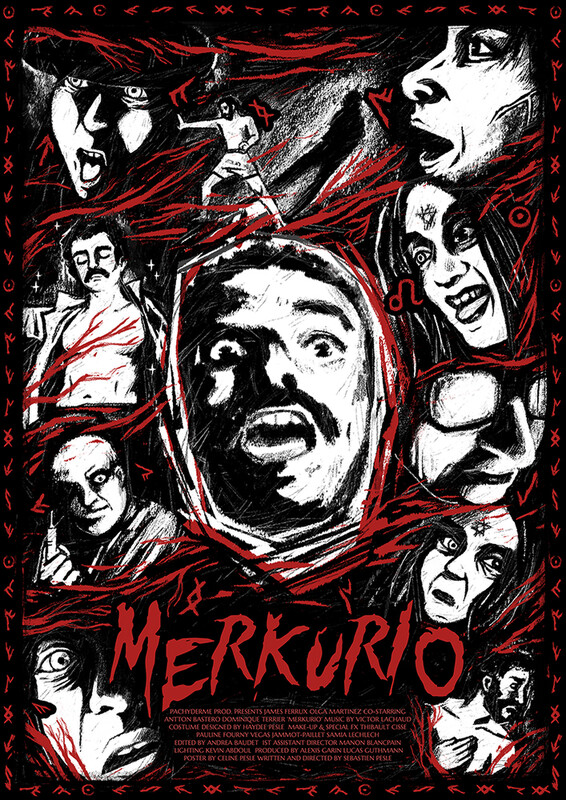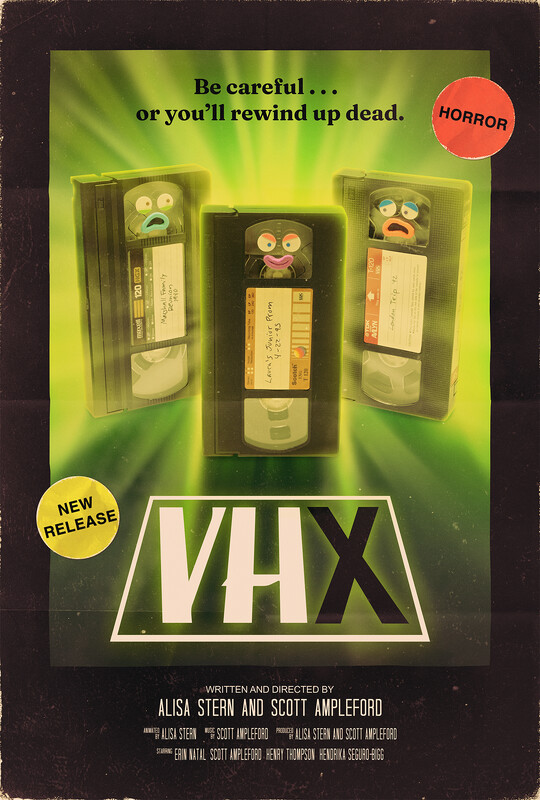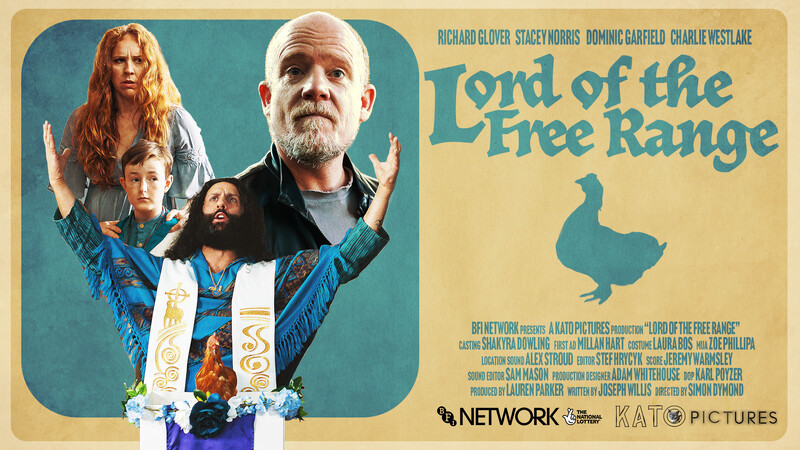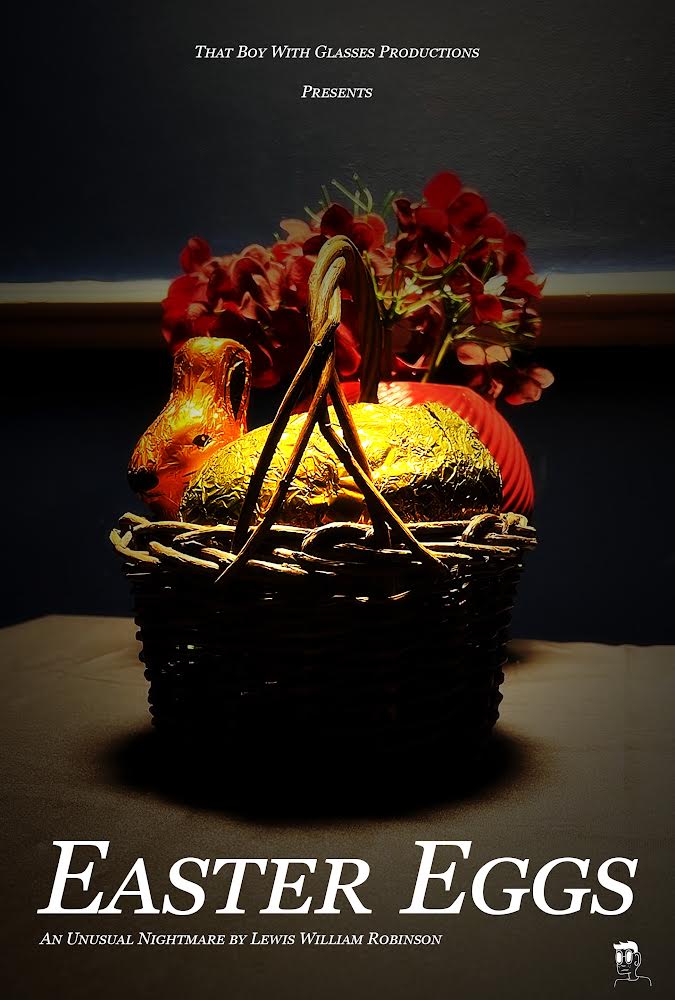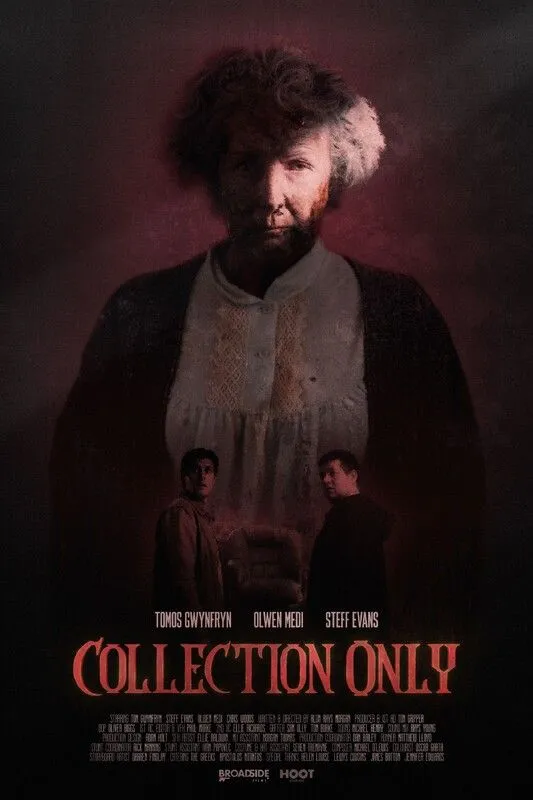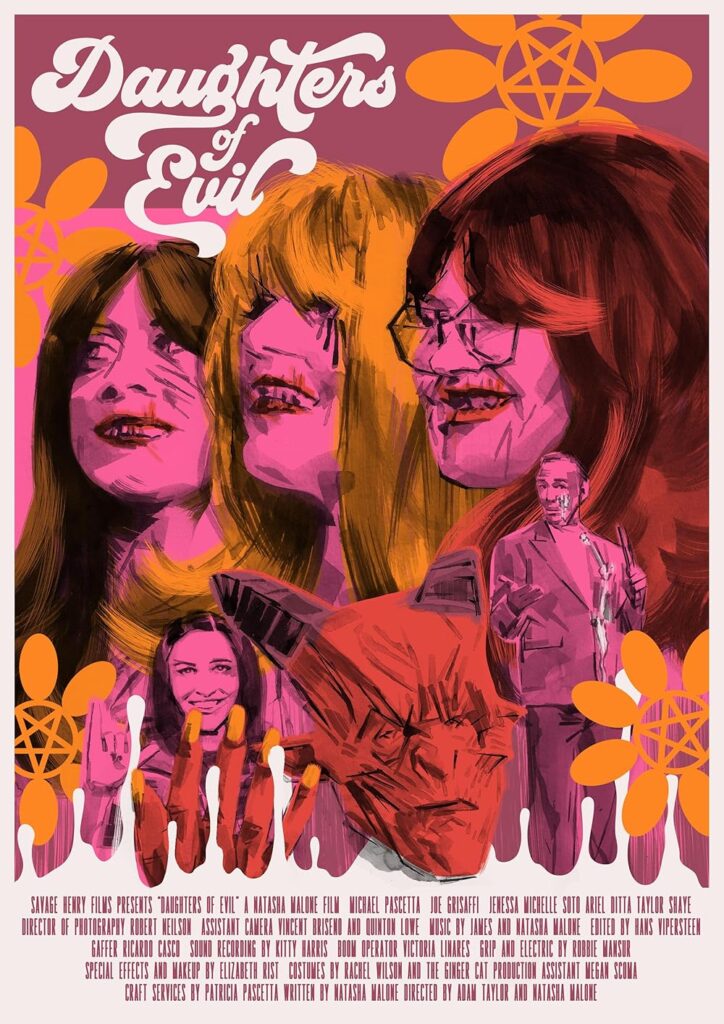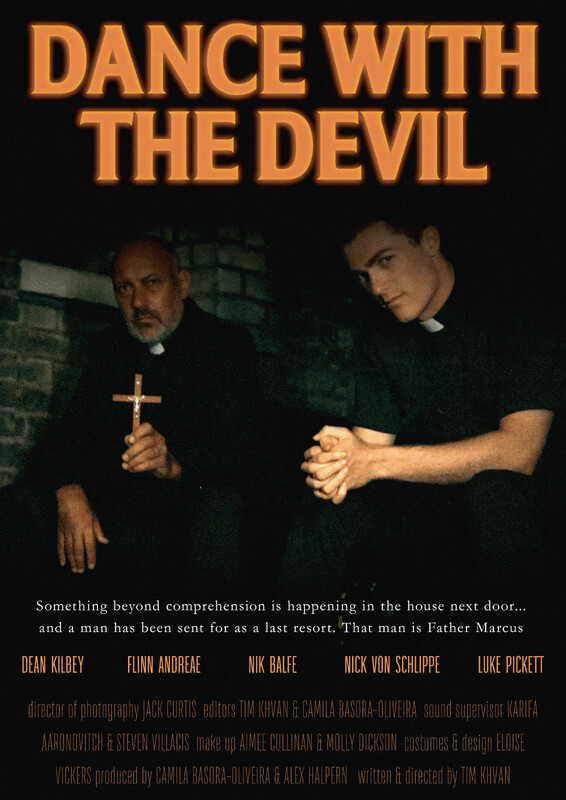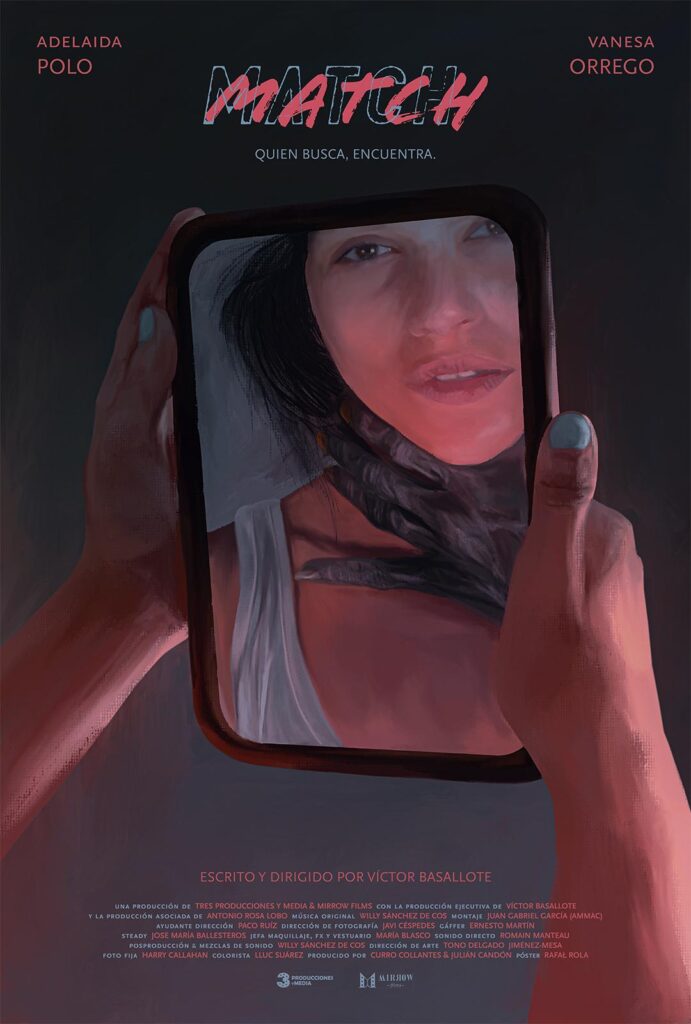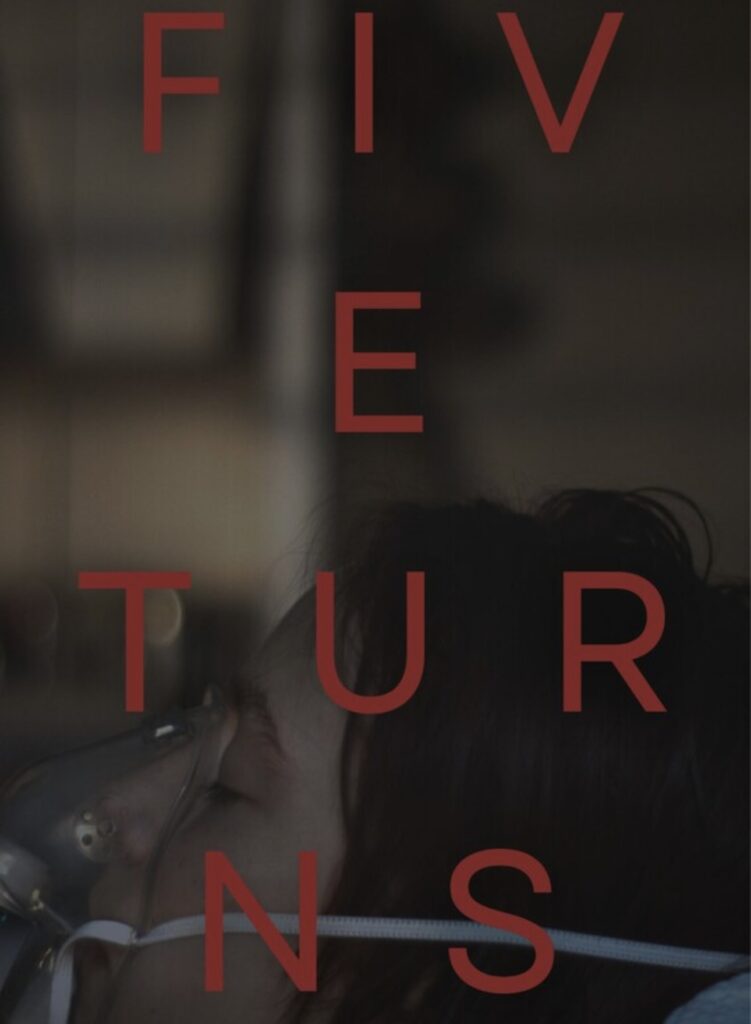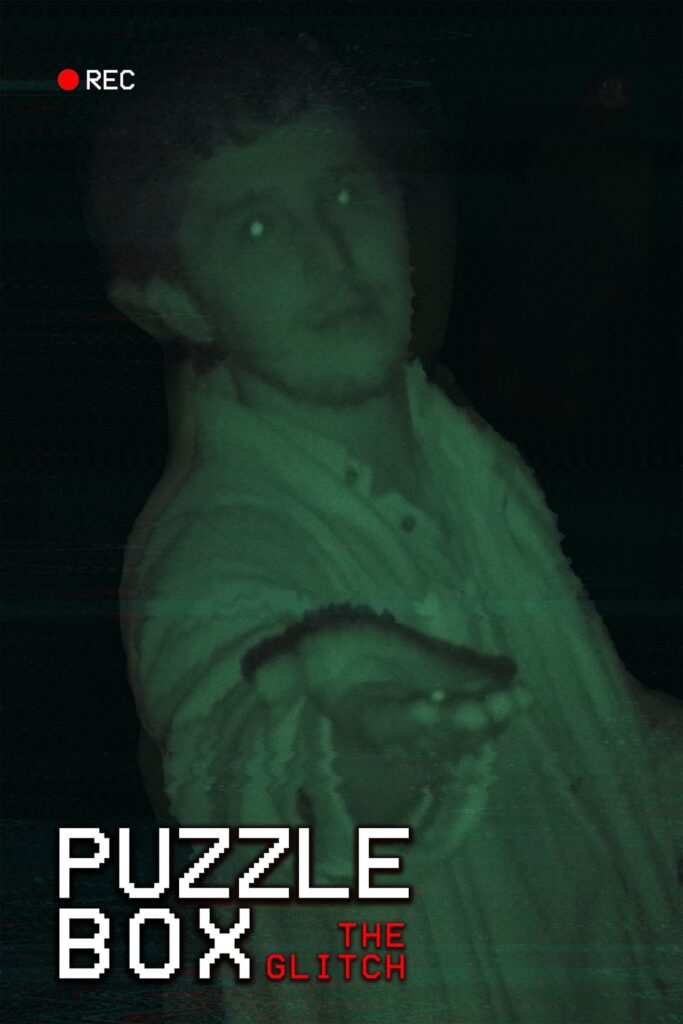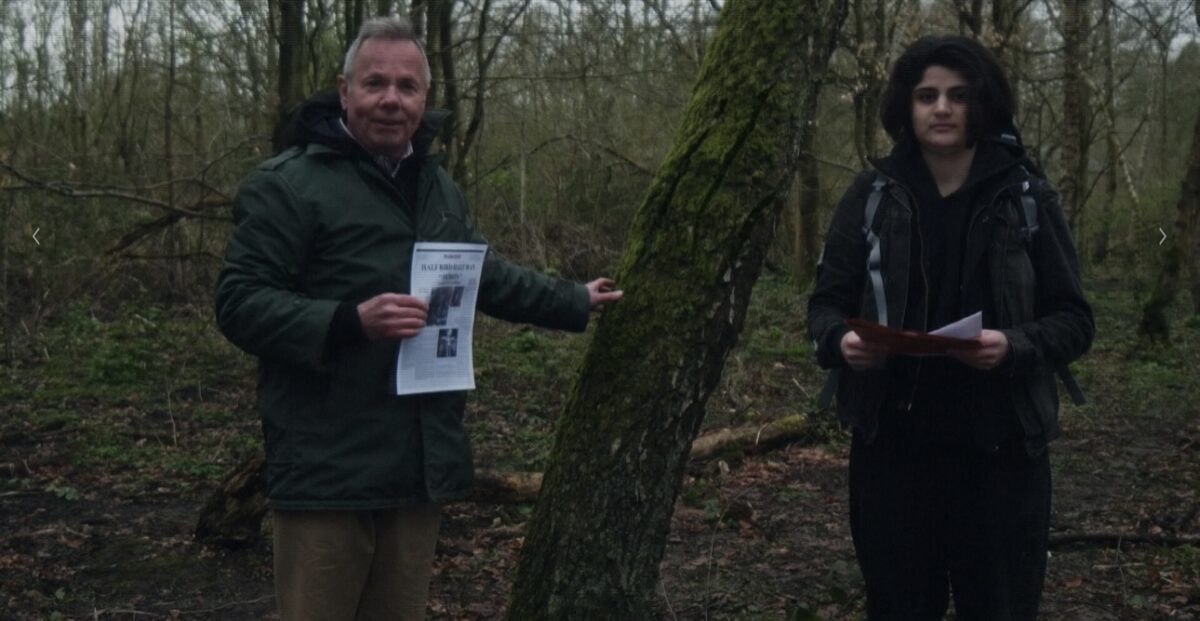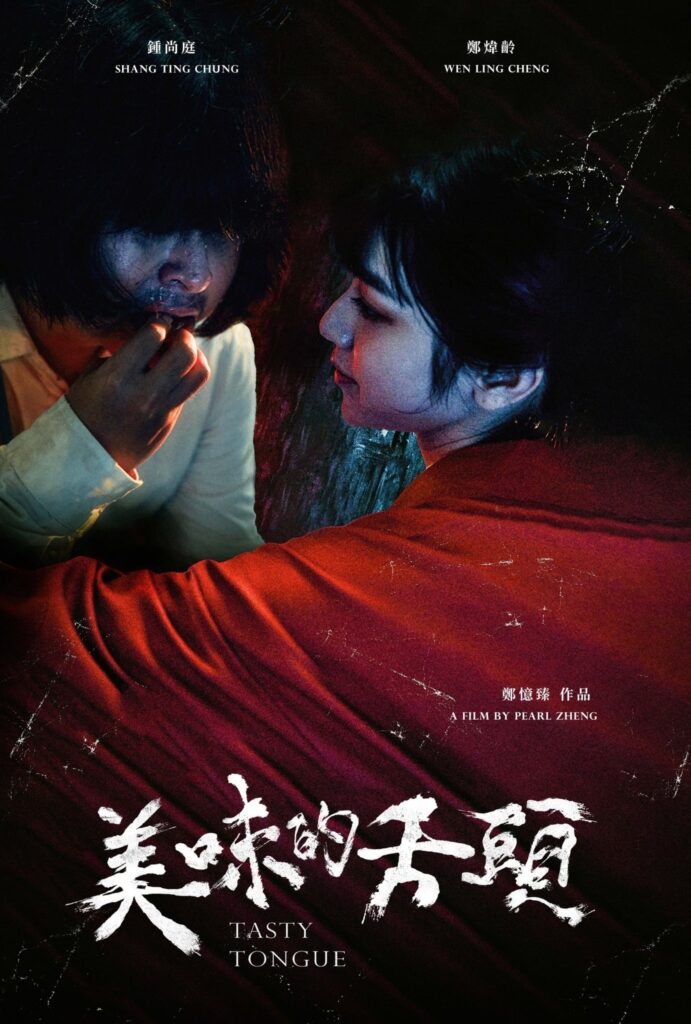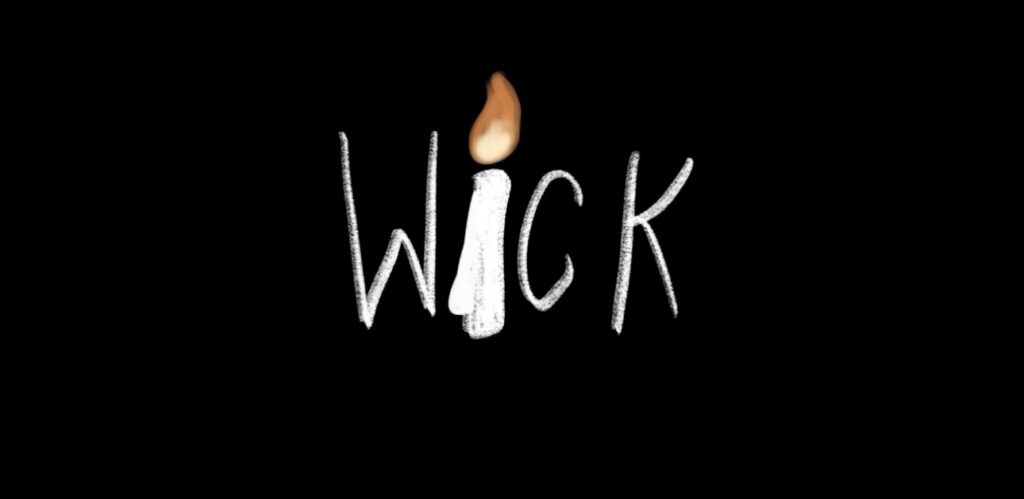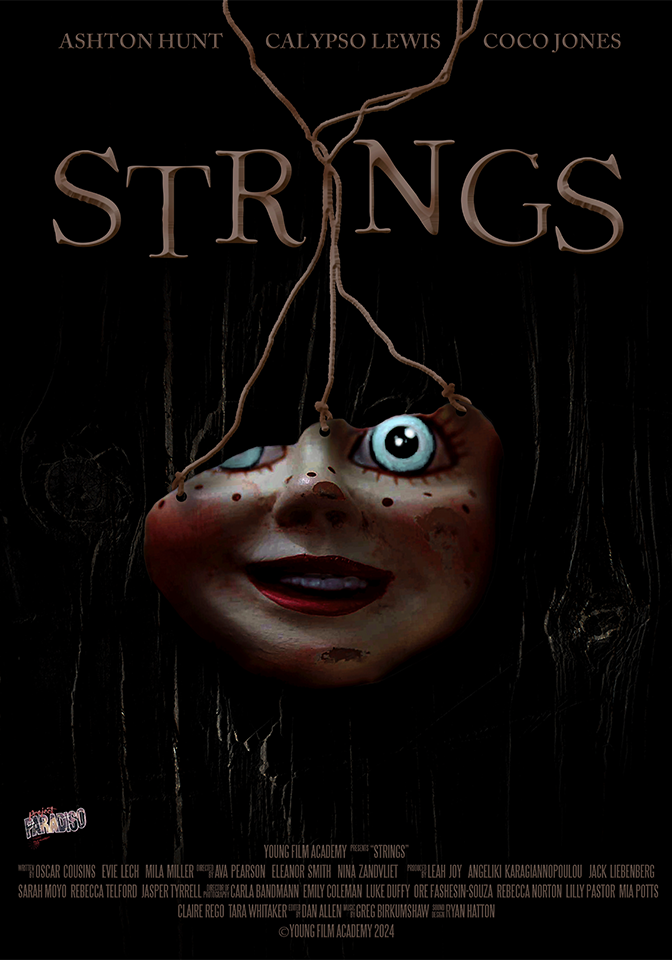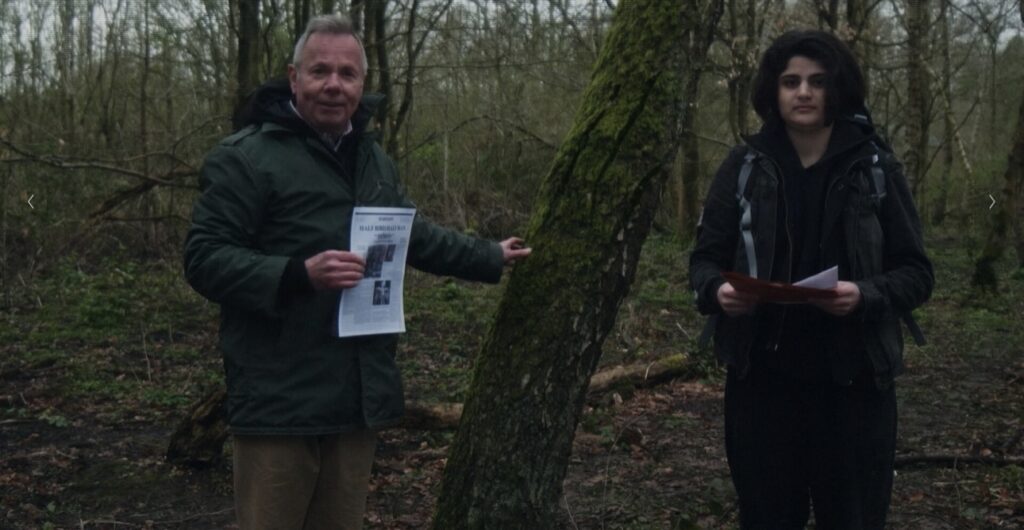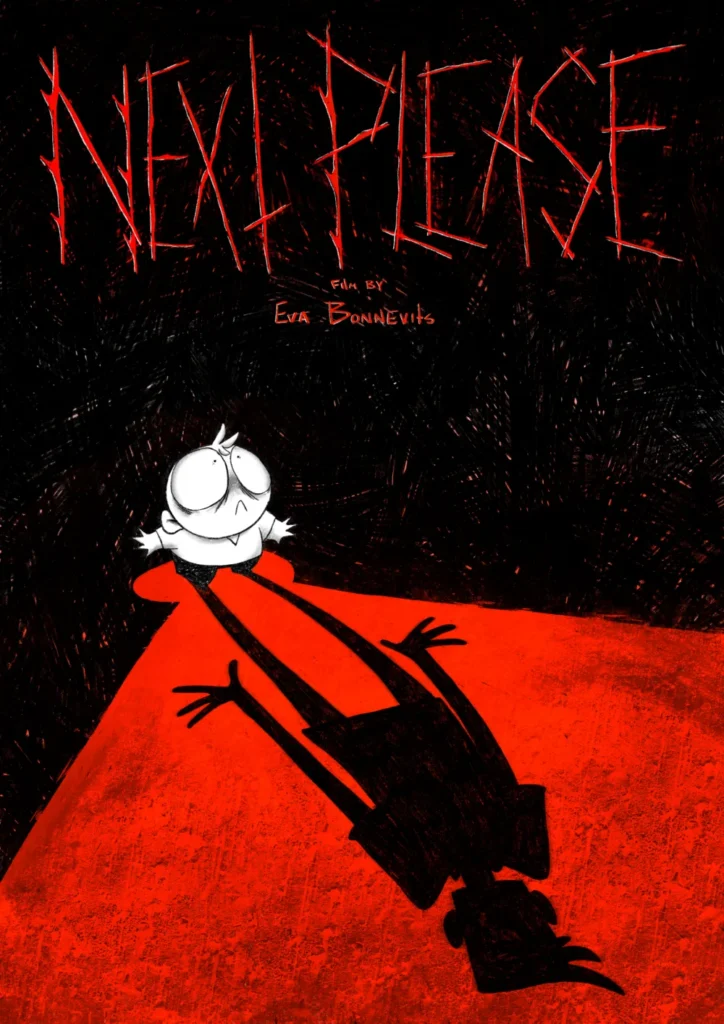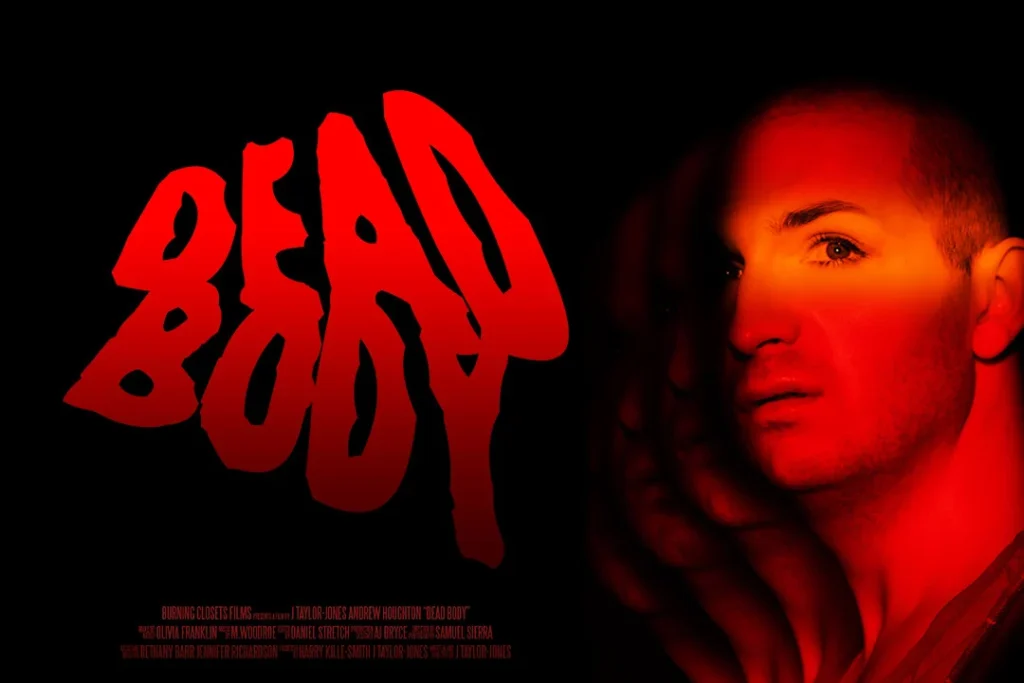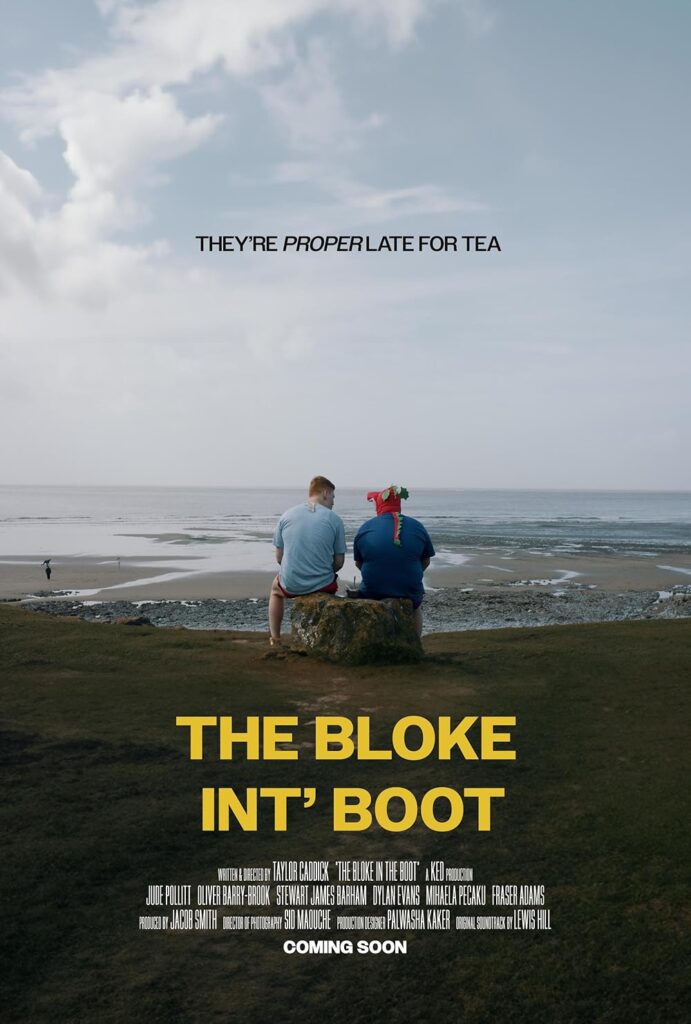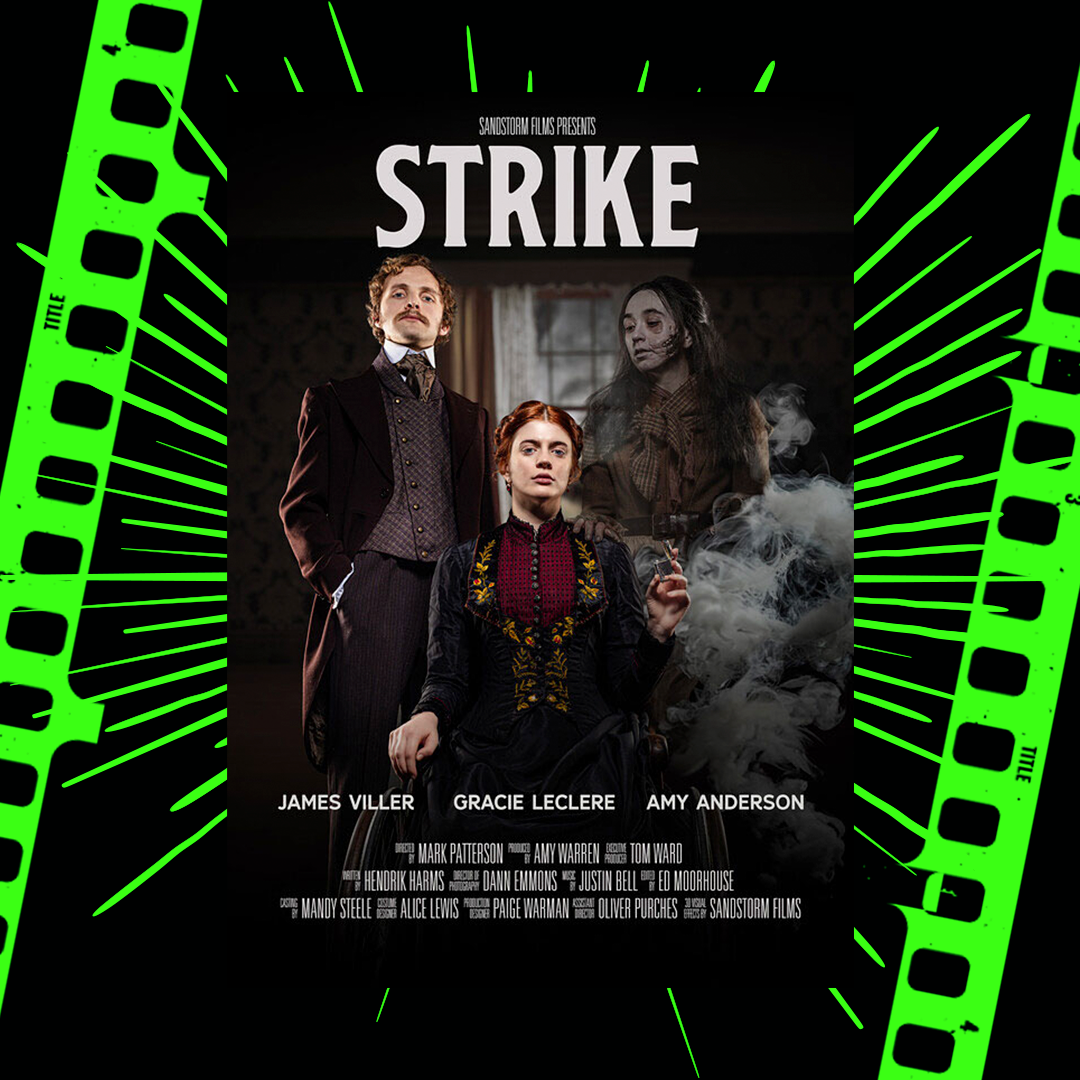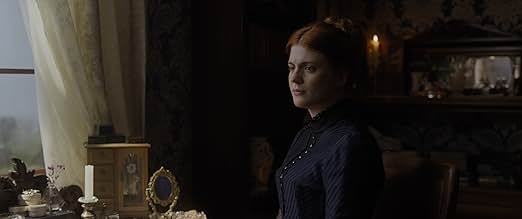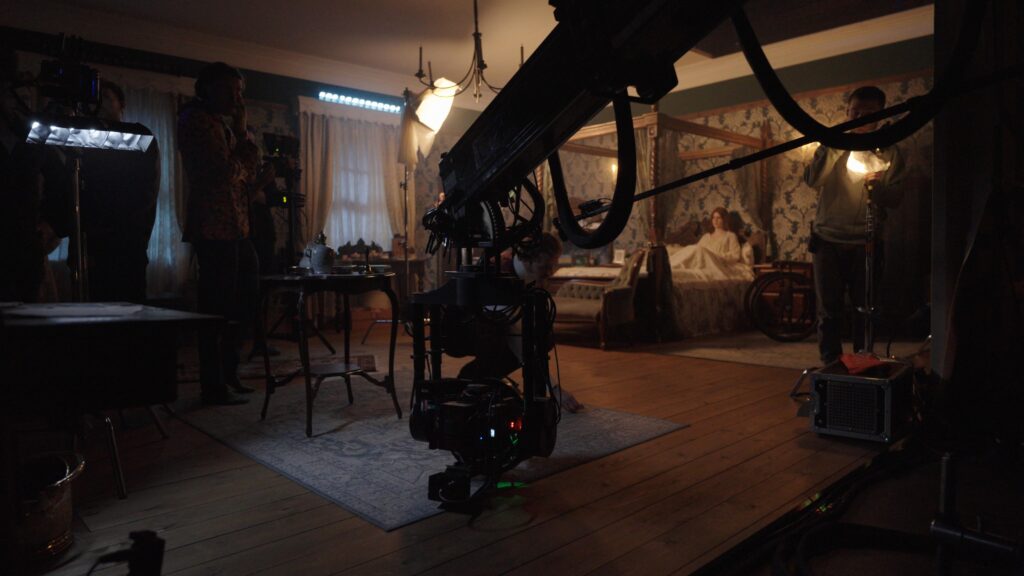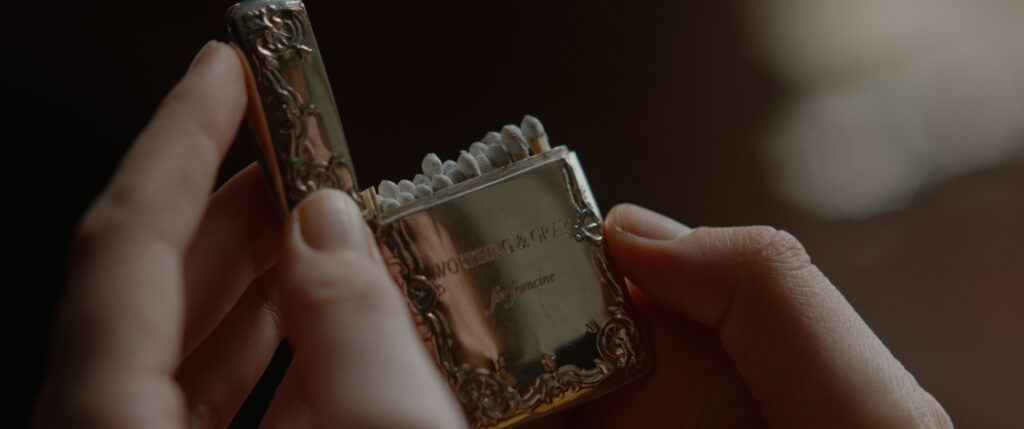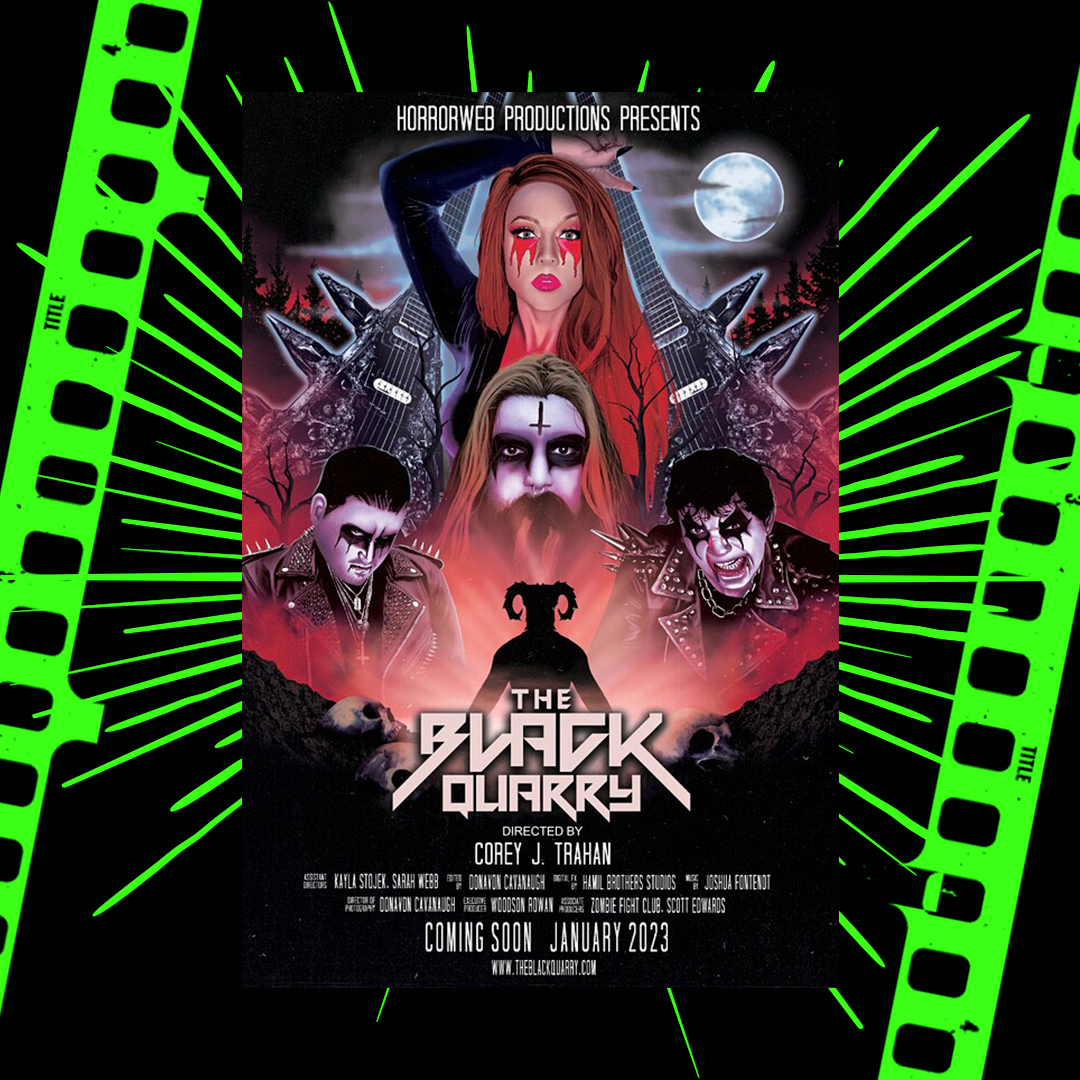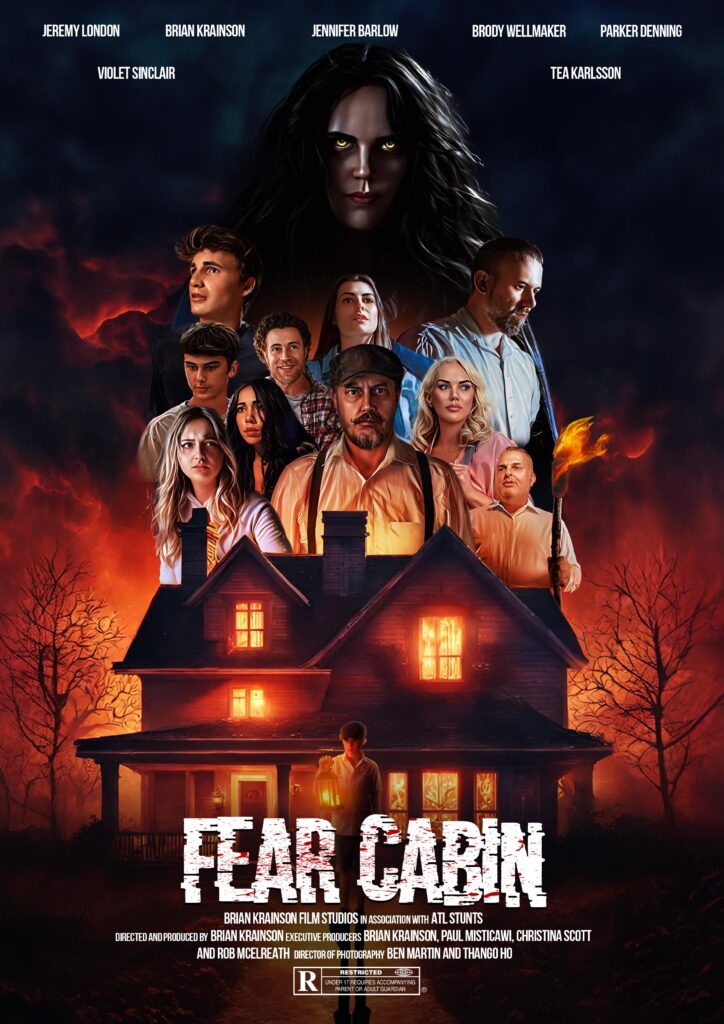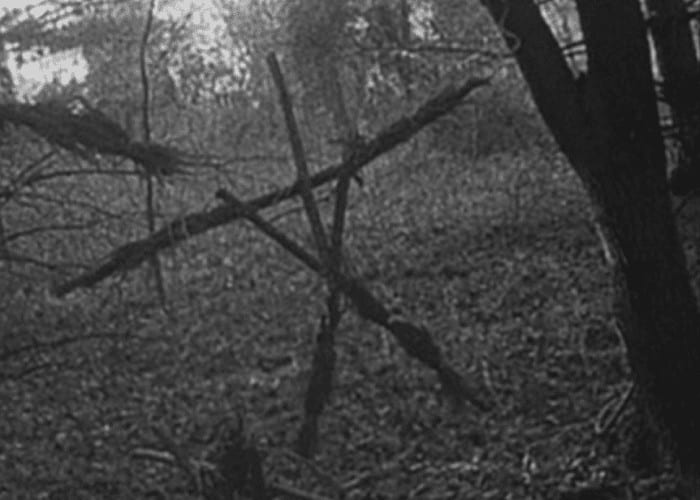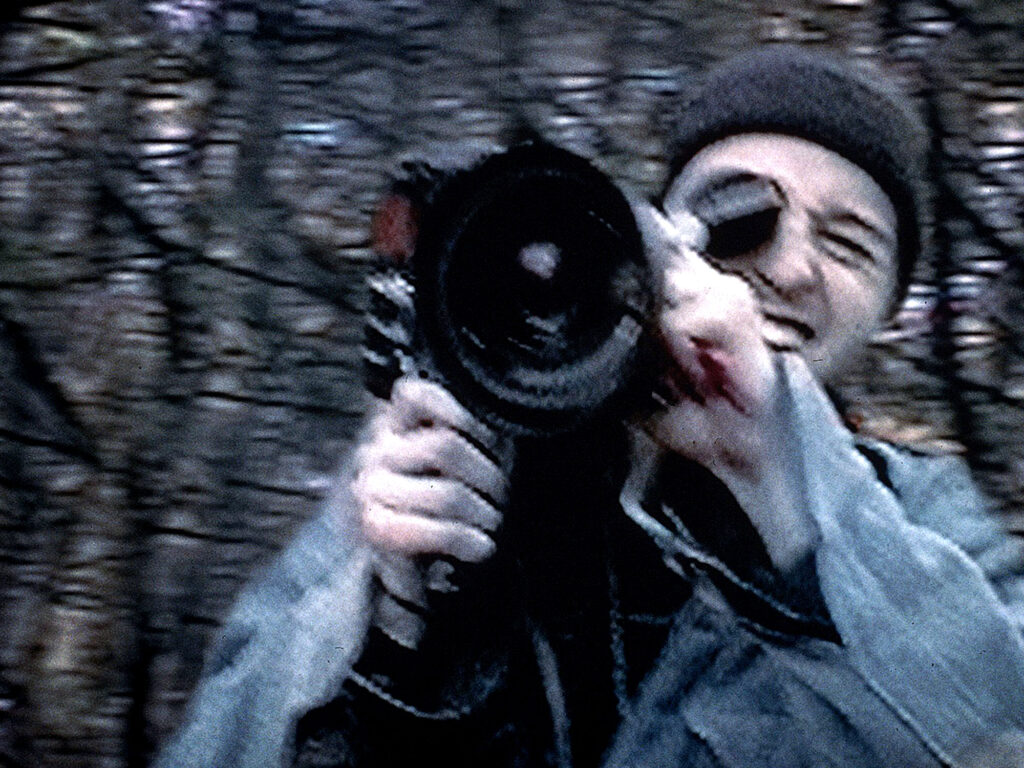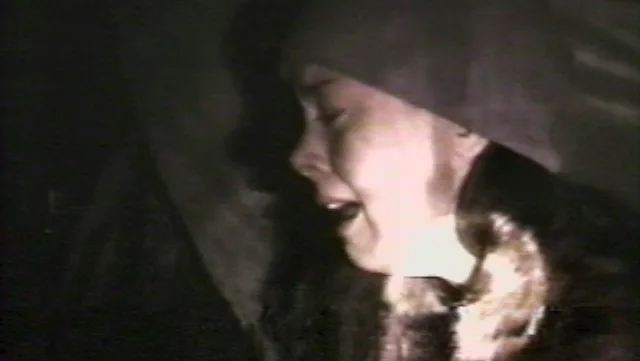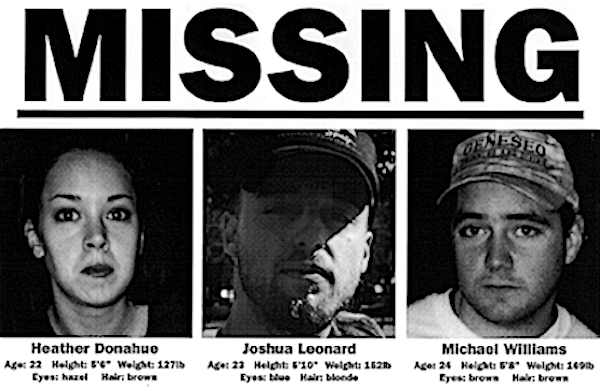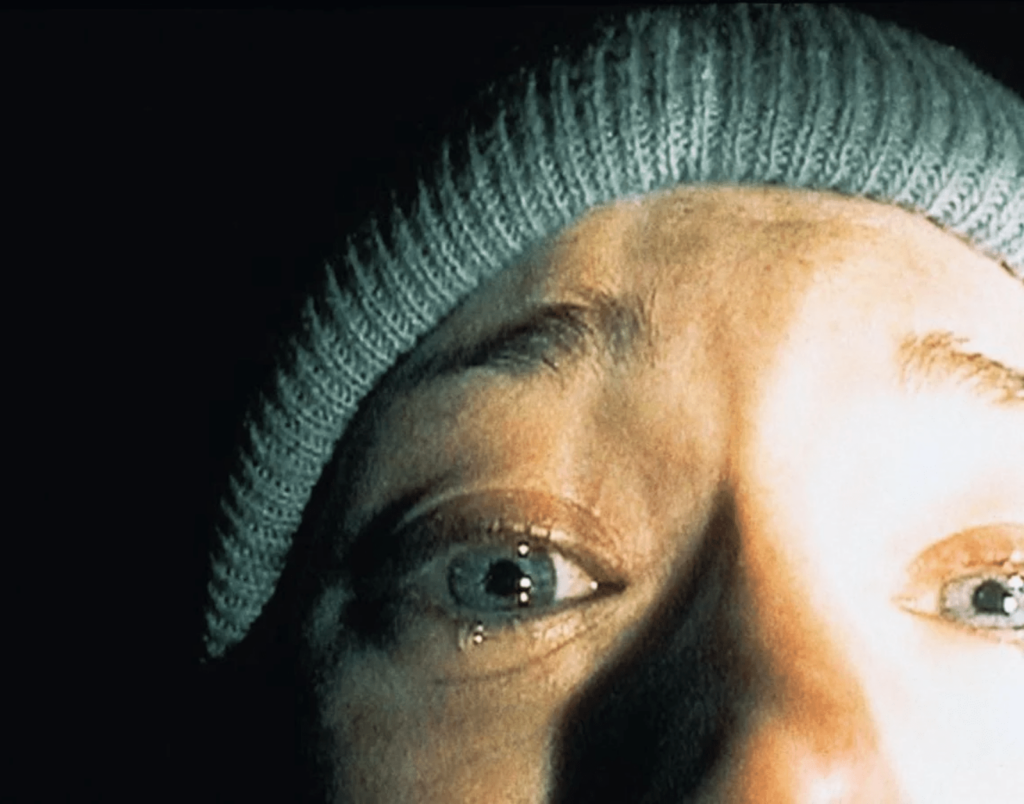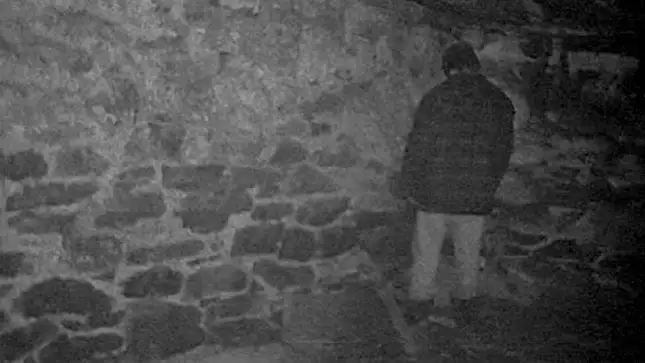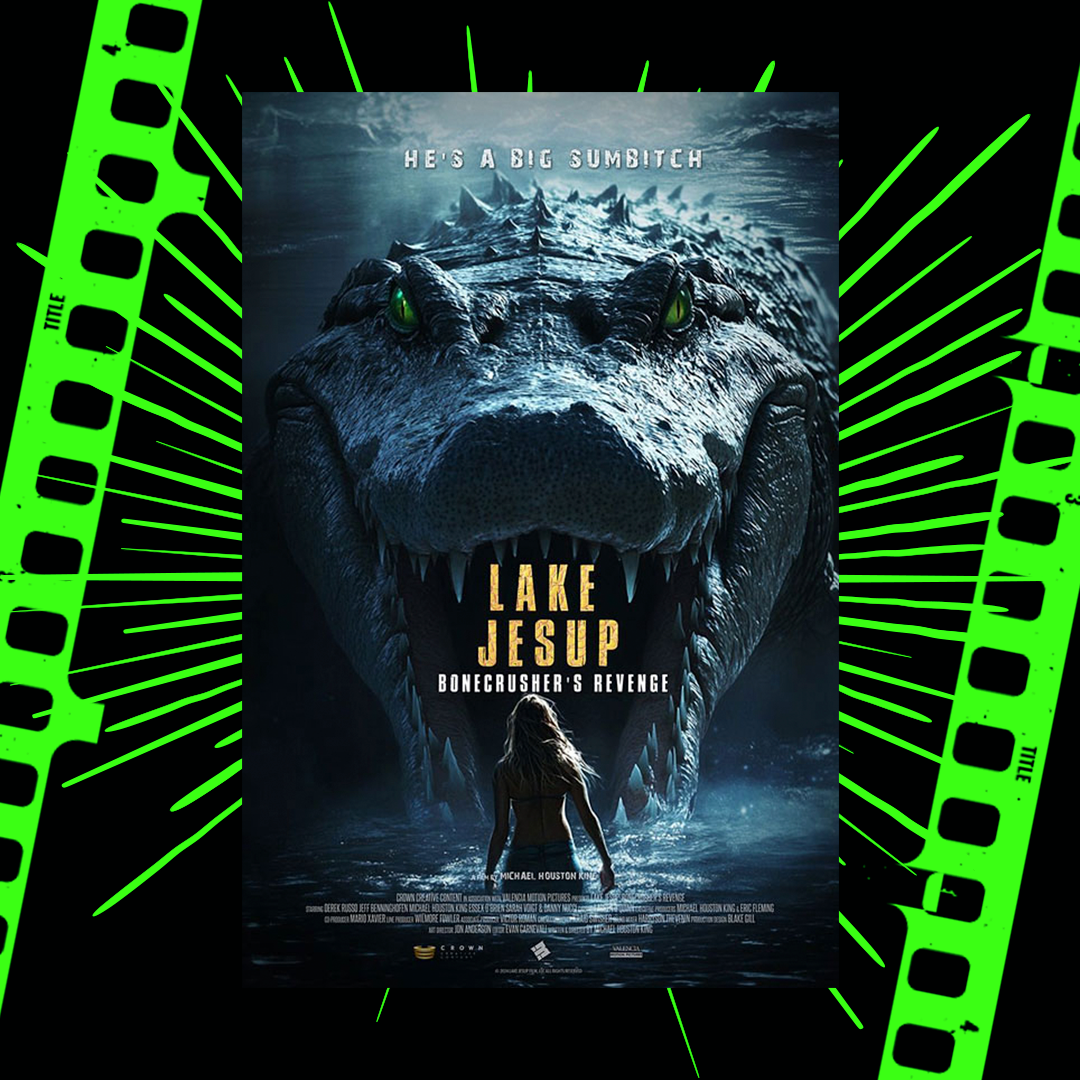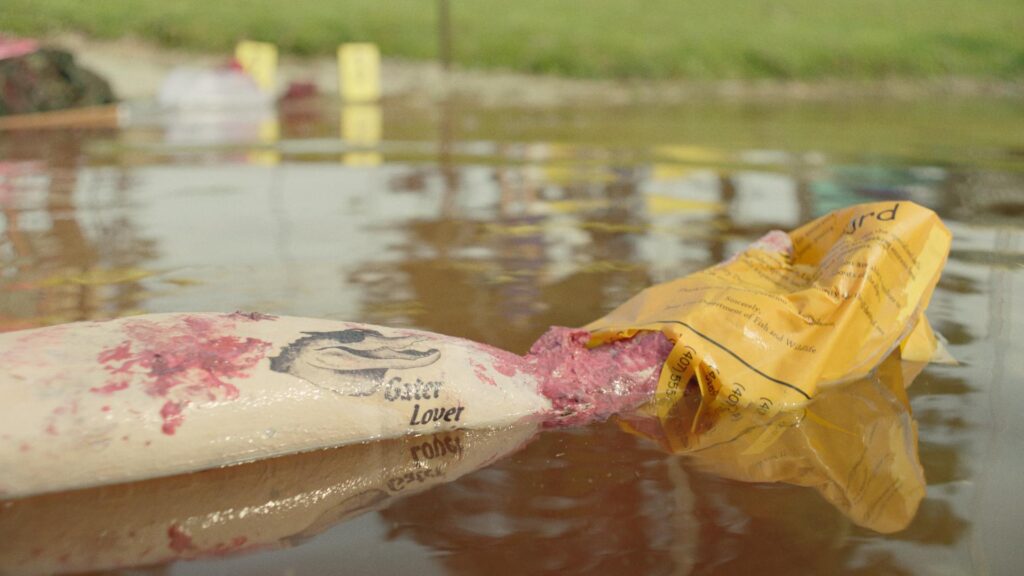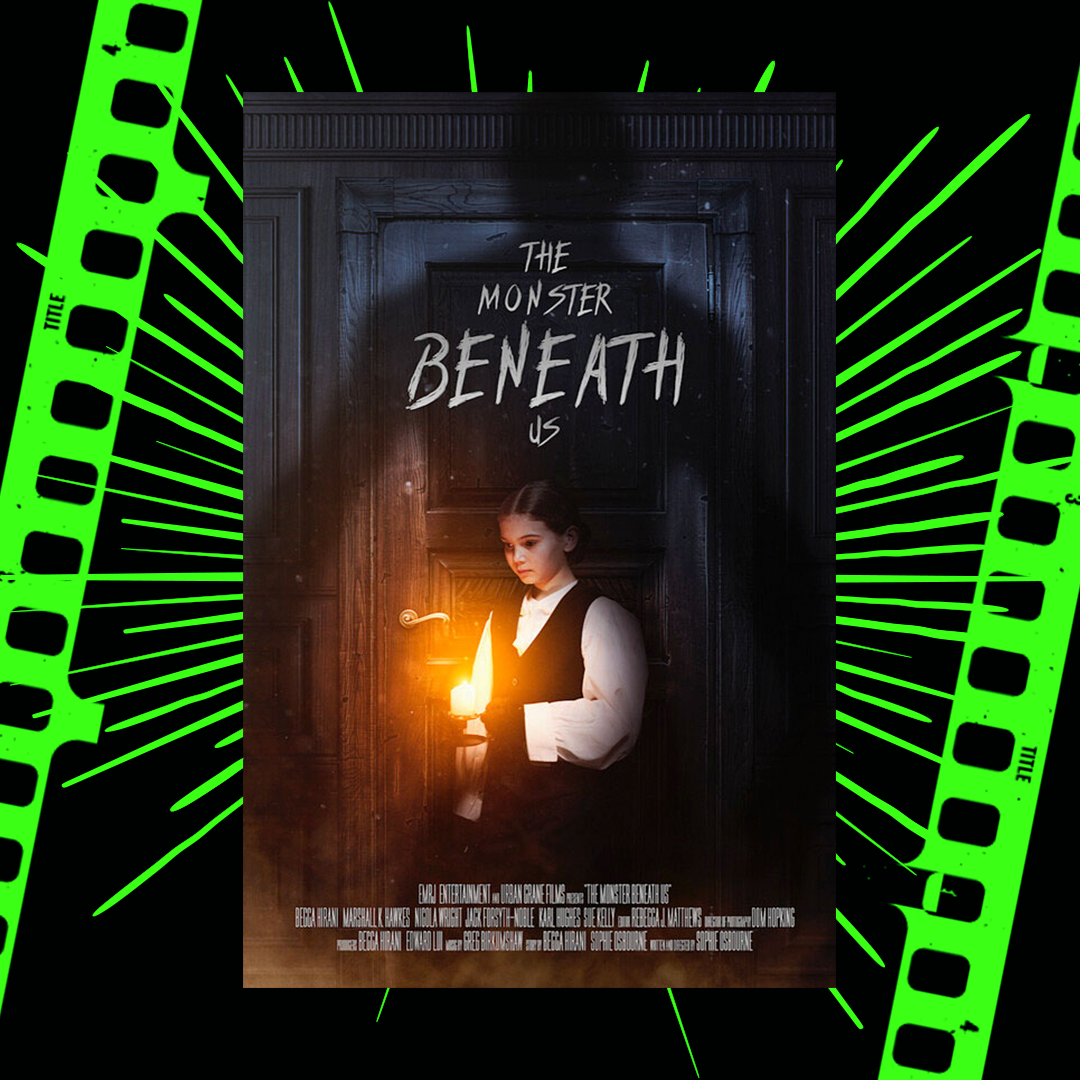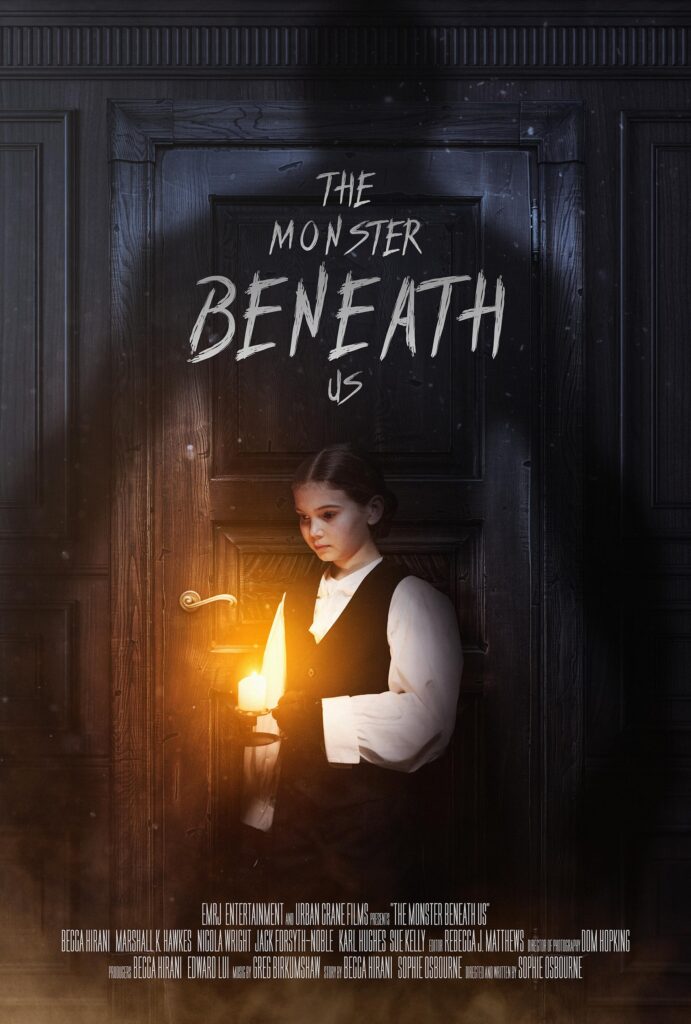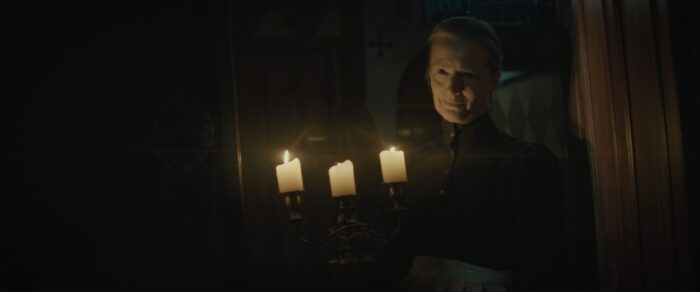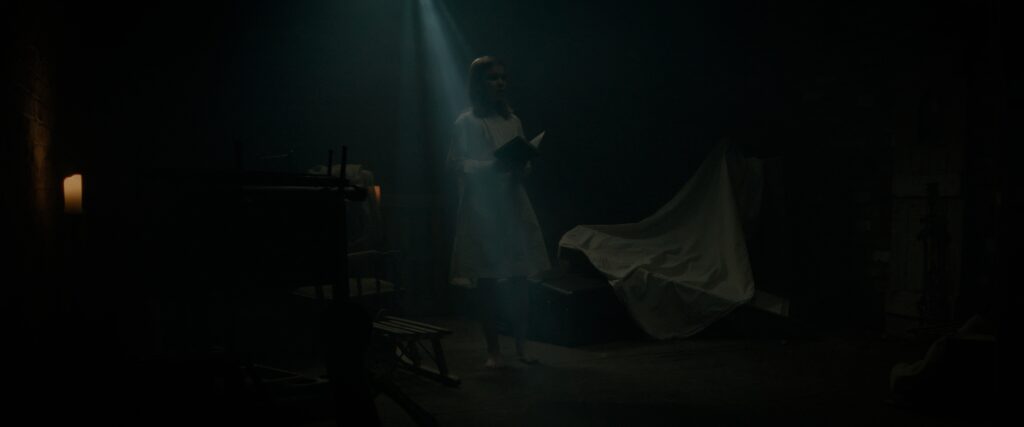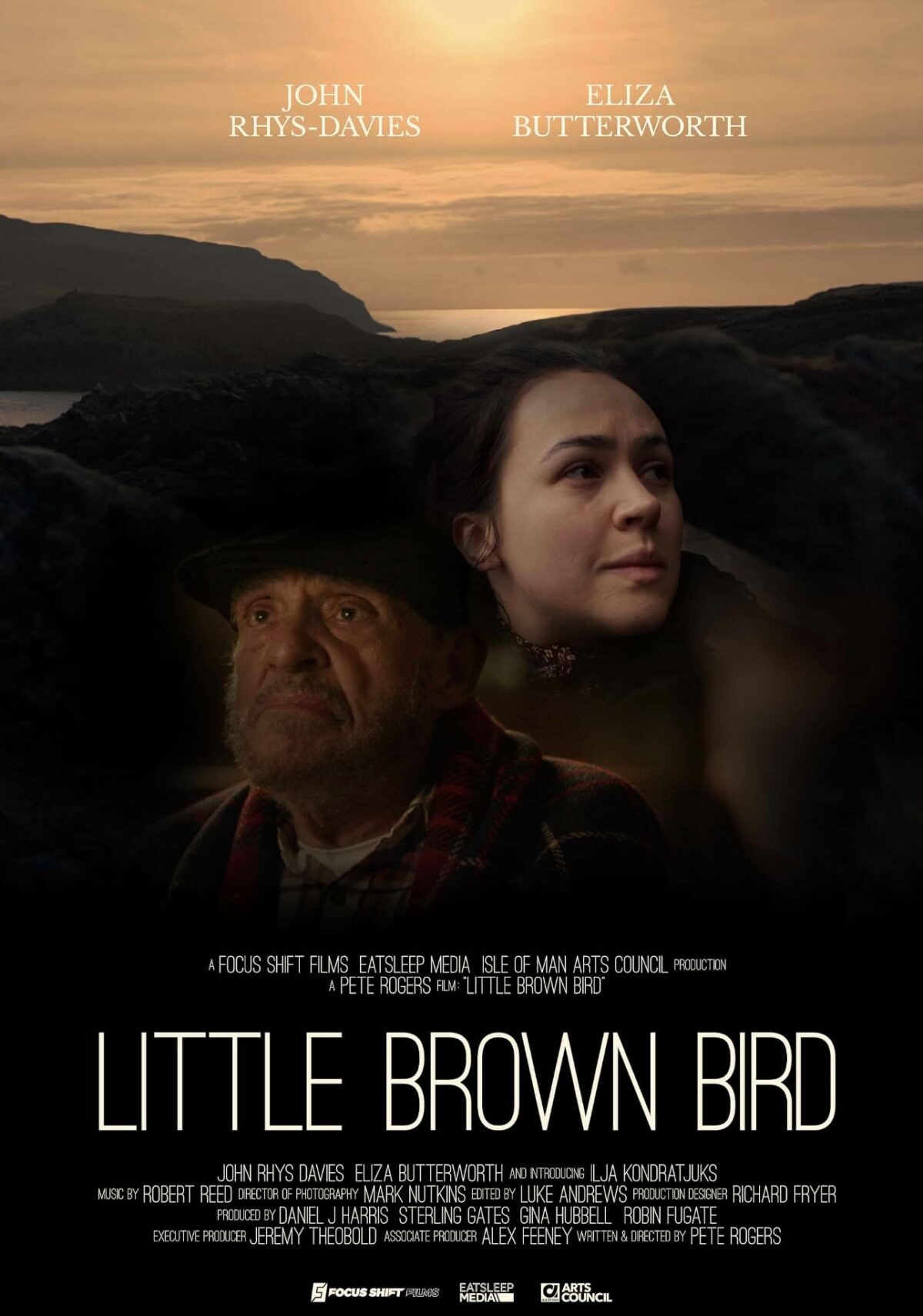
Safe (Directed by David Yorke)
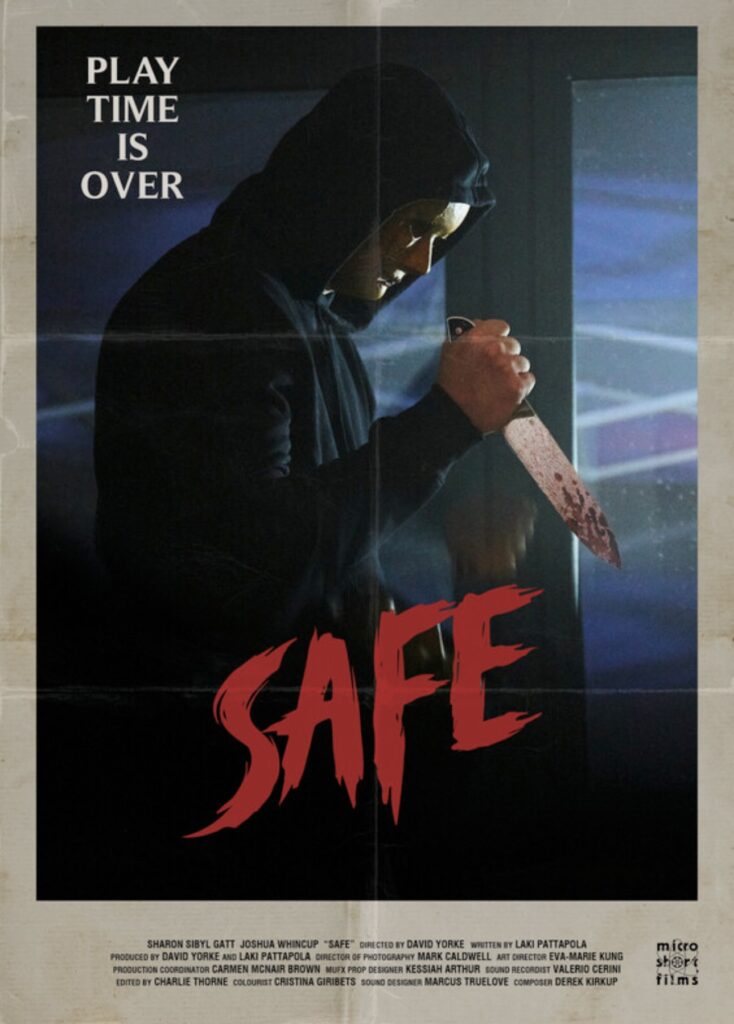
Shattering all predictions is David Yorke’s Safe, a microshort that stuns with its humour and dark wit as we follow a unique ‘home invasion’ by a knife-wielding masked killer. The clever amalgamation of horror and comedy is not an unfamiliar sight, yet Yorke’s ability to create thrilling scenes of intense horror with a left-field ending is a lesson in original, artful filmmaking.
Skulk (Directed by Max Ward)

Claire (Elina Gavare) wakes in the night to the sound of screaming foxes. She remains annoyed yet unfazed at the common disturbance, that is, until she sees a strange figure outside her window. It’s not unusual to hear the screeching cries of foxes in the dead of night, with their innate raspy, almost-painful sounding screams being the nocturnal anthem of the British public. However, does it ever cross one’s mind that what they think are foxes calling out could be human screams or something even worse? This is precisely what director Max Ward so effectively conveys in Skulk. In the wee small hours of the night, the mind plays tricks on us, and with imaginations running wild, our worst nightmare seems only around the corner, or in the case of Skulk, maybe it’s already inside…
Body Worn Video (Directed by Tony Hipwell)
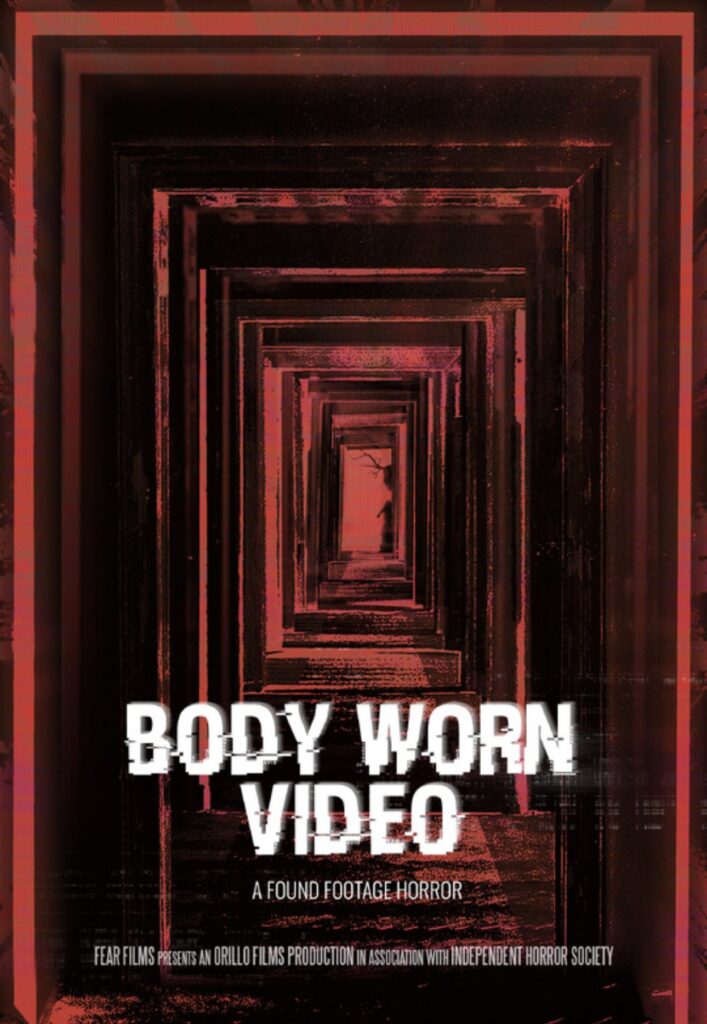
From the filmmaker behind short films Standing Woman (2021), Bad Penny (2022) and the co-director of Zomblogalypse (2022) is Body Worn Video, a found footage horror. The film follows officers Cane (Oliver Devoti) and Adel (Chantelle Alle) as they answer a worrisome call concerning child abuse. Body Worn Video pulls a fast one with its unexpected genre twists that range from an occult-heavy ambush to a full monstrous assault. The effect of a body cam being the lens enhances the authentic and serious tone of the film, ensuring full immersion whilst the wildly nerve-wracking series of events unfold.
The Curse of the Velvet Vampire (Directed by Christoffer Sandau Schuricht)
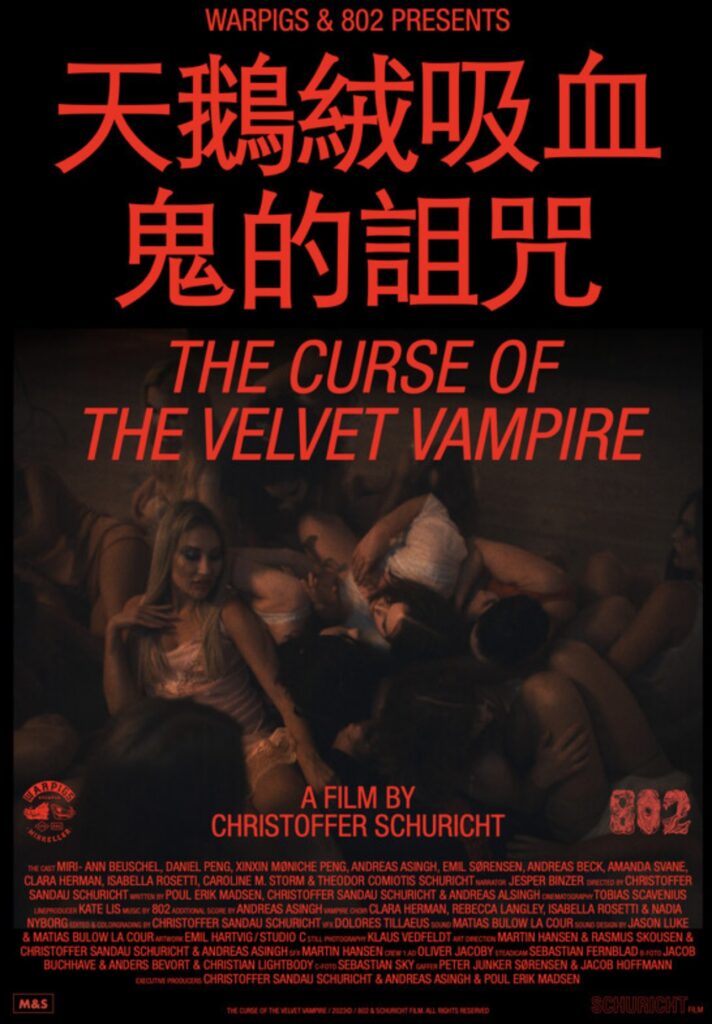
Two horror fans meet in a cult video store to screen the mysterious film “The Curse of the Velvet Vampire”. This Danish short film has a movie-within-a-movie, meta-esque quality at the hands of the on-screen vampire film watched by the obsessed genre fans. As such, director Christoffer Sandau Schuricht peppers in plenty of cinematic detail, from the heavy stylisation that thrives with its ultraviolet lighting all the way to the vampiric infusion that is reminiscent of the beloved sleazy vampire sexploitation films of the 1970s.
Nervous Ellie (Directed by David Yorke)
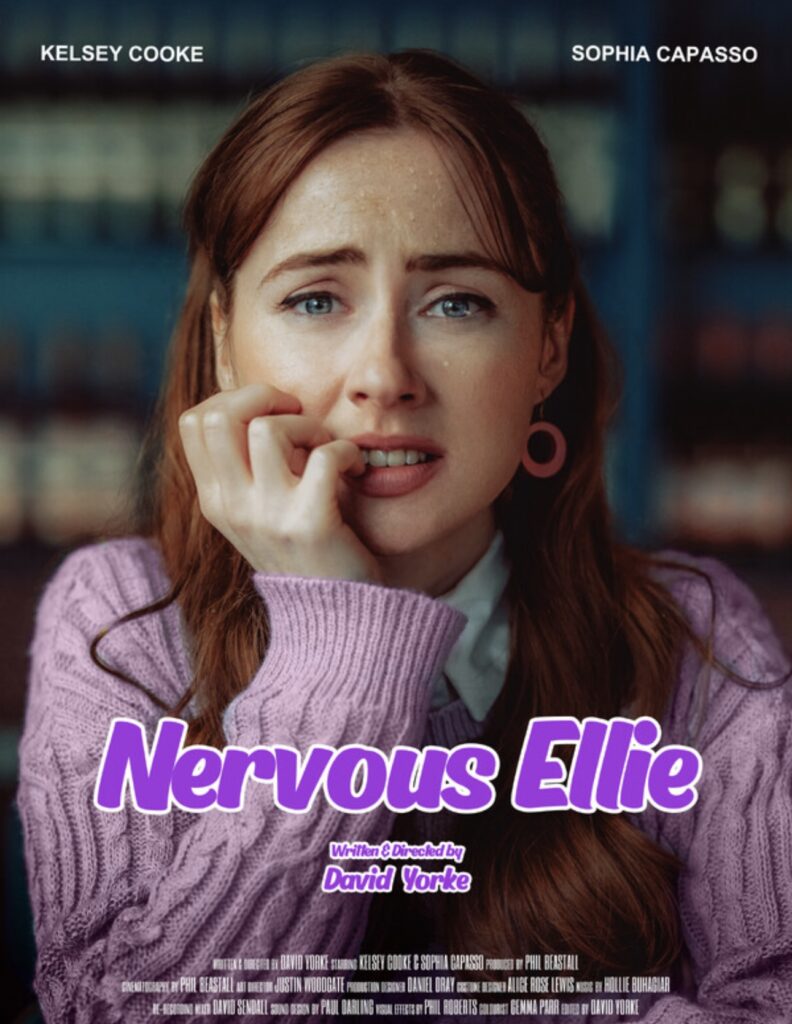
The painfully shy Ellie (Kelsey Cooke) struggles to tame her nerves during a first date with Danni (Sophia Capasso), resulting in unforeseeable consequences. Award-winning filmmaker David Yorke succeeds once again in proving his stellar talents, with Nervous Ellie being a true feast to behold. As the film unfolds and its terrifying yet oddly stunning conclusion nears, the audience is treated to an immense performance from Cooke, the ‘Nervous Nellie’ herself. Although a short film, Nervous Ellie delivers a thrilling ending that the lucky viewers will long remember.
Black Hole Barry (Directed by Alejandro Alberol)
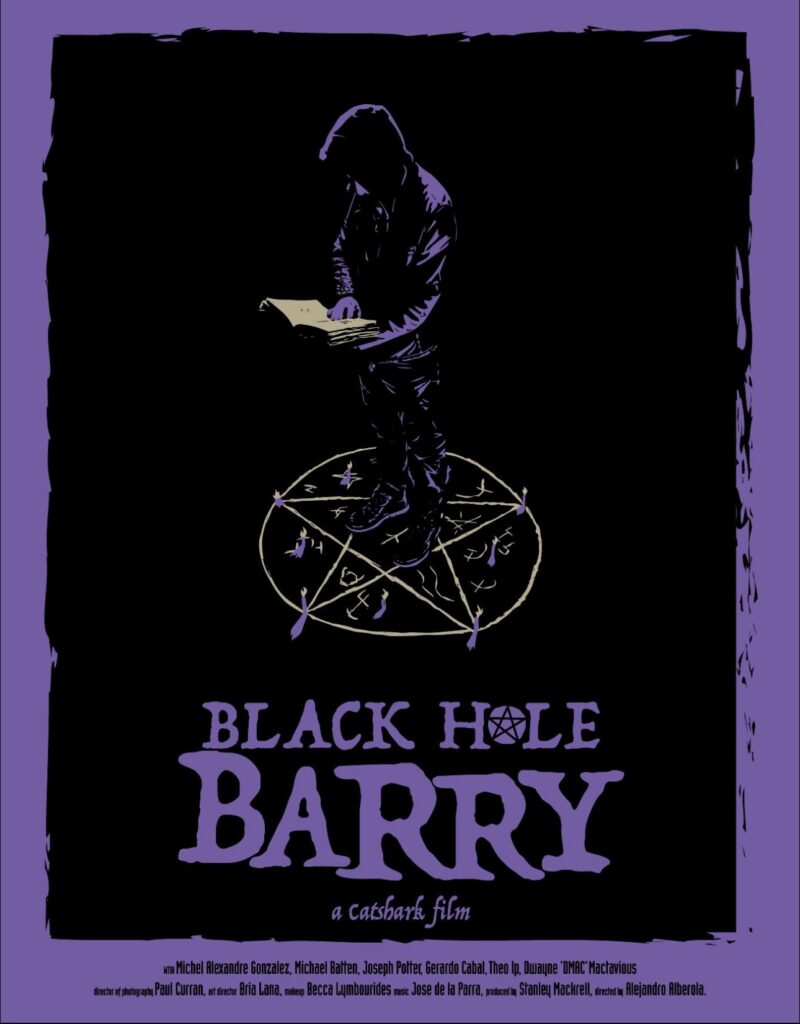
Prior to Scott’s (Michael Batten) boyfriend Robin (Joseph Potter) moving in, he ventures out for one last wild night of freedom. Unbeknownst to him, his secret philandering will soon result in an almighty reckoning. The exceptional results of this demonic horror are a testament to independent filmmaking, with its extremely unique and unorthodox exaggeration of adulterous characters being a hilariously dark and twisted spin on genre cinema.
The Mannequin (Directed by Emelie Dahlskog)
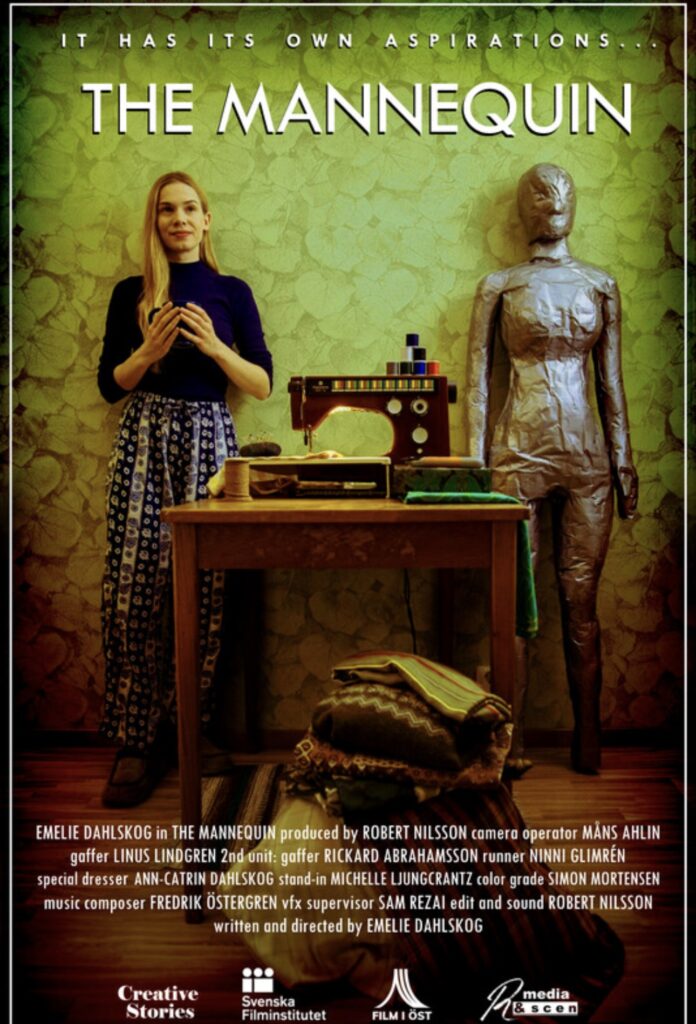
A hardworking seamstress (played by director Emelie Dahlskog) creates a mannequin based on her own form, but after a series of creepy events, she suspects that the mannequin has a mind of its own. The Mannequin taps into fears of existential angst, particularly how lack of progression in professional development can lead to deep-rooted anxiety over the self. This premise is materialised by the presence of the mannequin (Michelle Ljungcrantz), whose seemingly vacant appearance represents a lack of autonomy, as well as being a haunting, eerie force of horror.
What A Catch (Directed by Thomas Pickering)
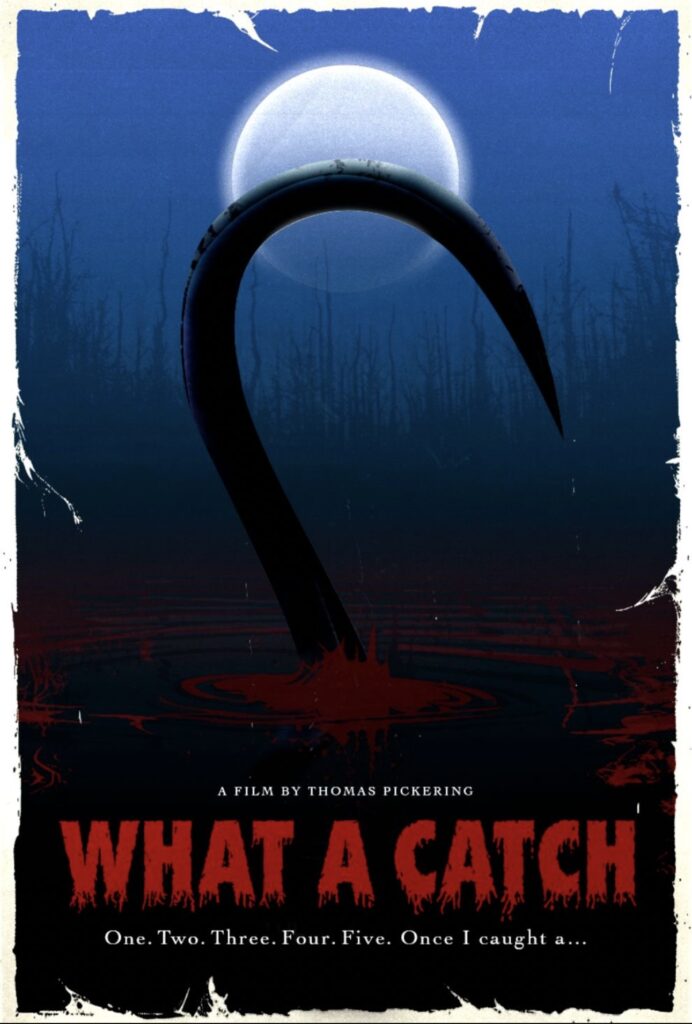
A Victorian fisherman’s (Nathan Geering) late-night fishing trip takes a sinister turn. It’s of no surprise to learn that director Thomas Pickering is a lifelong cinema aficionado, with What A Catch being a clear love letter to the potency of the horror genre. The short film has a rare mix of slow burn patience in revealing its source of terror whilst still being maximalist in its portrayal of bloodied horror.
Little Brown Bird (Directed by Peter Rogers)
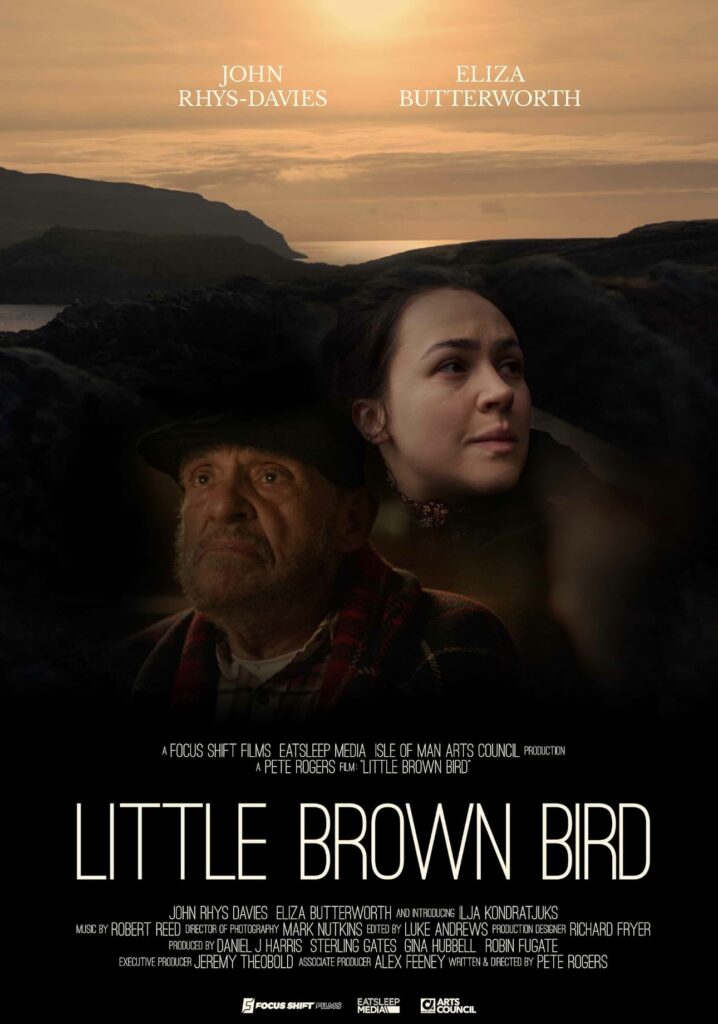
On the shortest day of the year, the overworked farmer Kate (Eliza Butterworth) must care for her ailing father (John Rhys-Davies), who has dementia and is convinced that something is hunting them. Little Brown Bird is an emotionally charged film that tackles the living loss of a loved one through dementia, with the relationship between Kate and her father being a focal point for the affective narrative to flourish. In tandem with the riveting, poignant story is the film’s moving scoring, which has a softness akin to a lullaby that works to further the dimensional relationship between the father-daughter bond amidst an air of uncertainty and mystery.
Do Not Open (Directed by Samuel Terence McNally)

Do Not Open follows three friends (John Sinclair Evans, Leah Rogers and Adam Deary) who head to a remote countryside house, only to discover that the house has another guest stalking them, a formidable creature that can only be seen when it wants to be. This incredible short film was shot and animated entirely on Super 8, which embodies a raw, nostalgic take that adds gravity to the ‘found footage’ rhetoric of the plot. Throughout, the diegetic lens captures an almost voyeuristic aura that emulates this idea of an omniscient creature lurking amongst the group.
You can catch the films Saturday 28th September at this years festival, tickets here!

